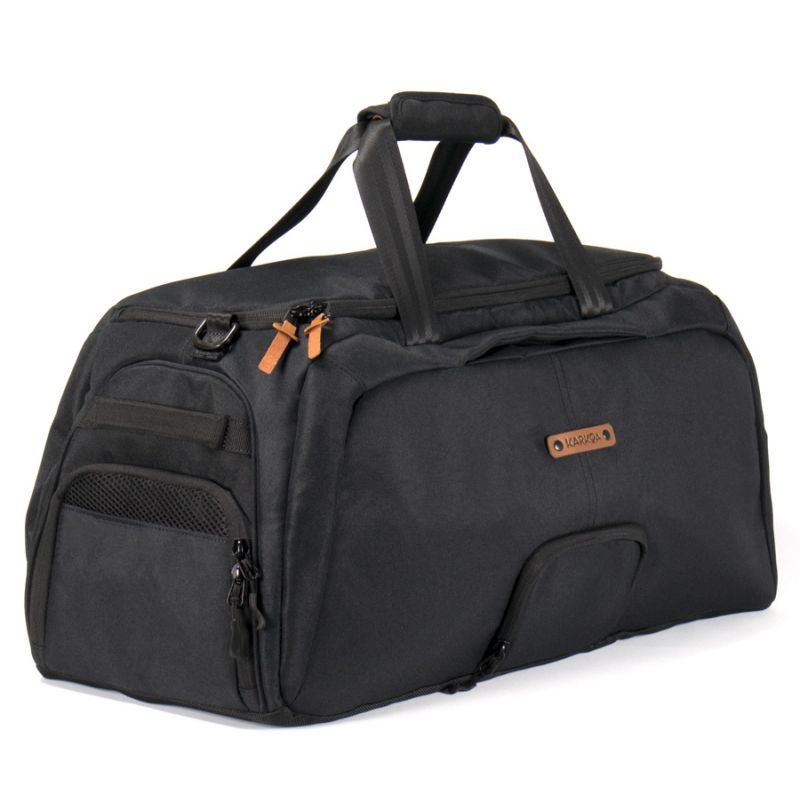As with any physical activity, it’s essential to follow certain guidelines to avoid training in vain and avoid unnecessary injury. Here we give you all the information you need to know about lumbar support, from its benefits to how to practise it.
What is the purpose of lumbar support?
Generally speaking, weight training is an essential part of any sports programme, whatever the objective. In fact, even if it often involves a certain amount of difficulty at the time, weight training has a very positive impact on the body and the organism.
The aim is simple: to force the body to contract for a period of time, thereby working numerous muscles to strengthen them. Naturally, depending on the position, the parts of the body involved differ, as does the effect on the muscles.
As you can imagine, lumbar support is mainly about working on the lower back. This is one of the most common weak points in both men and women, and is put under a great deal of strain during the working day.
By practising lumbar support, you can not only regain flexibility and better back support. But it will also help to strengthen the ancillary muscles, for a feeling of long-term relief.
How do I practice lumbar support?
When we talk about lumbar support, the first image that usually comes to mind is that of the plank, which is certainly the most hated position in the fitness world. If you loathe this posture, don’t worry, that’s not the way to do a lumbar tuck. The plank mainly works the abdominal muscles.
Logically, to work the back, you need to reverse this position. To do a lumbar tuck, you need to lie on your stomach on the floor. So far, it’s not too difficult, but the exercise hasn’t started yet.
Once you are lying down, raise your shoulders and legs simultaneously, so that only your torso is still in contact with the ground. Hold the position for as long as you can, without exerting yourself too much, and try to arch your back as much as you can.
5 exercises to strengthen the lower back
Several levels of difficulty
The exercise we have just described is the most common, but also the simplest. In fact, as with any fitness or crossfit activity, there are several levels which you will need to adapt according to your ability.
For lumbar support, you can focus on the length of the hold, which you can lengthen as you train, as well as the arch, which should become more supple.
But you can also do this exercise on a lumbar bench, designed for just this purpose. This equipment holds your feet in place while you perform movements of varying degrees of amplitude, helping you to achieve better performance.
For the more resistant among you, it is also possible to weight down your chest with weights to reinforce the impact of the exercise on your body.
A few tips to avoid injury
Whether you’re used to lumbar support or you’re still a beginner, it’s vital to pay attention to certain details to avoid injuries, which are unfortunately common. We therefore recommend that you :
- Keep your head in line with your spine to avoid displacing a vertebra or damaging the rest of your back.
- Be careful not to arch your back too much, or you risk locking a nerve or awakening an unwanted pain. Remember that the best is the enemy of the good.
- Remember to stretch after the session, to give your back a chance to gradually readjust to your usual posture.
Ready for your workout at the gym?
If you’re practising lumbar sheathing at the gym, don’t forget your Karkoa fitness bag. With its many compartments, it allows you to:
- store your outfits, towels and fitness accessories,
- separate your clean clothes from your dirty ones,
- put your wet things in a waterproof bag,
- keep a drink cool in the cool bag,
- protect your computer or tablet,
- separate your shoes from the rest of your bag,…
Discover it now!


















